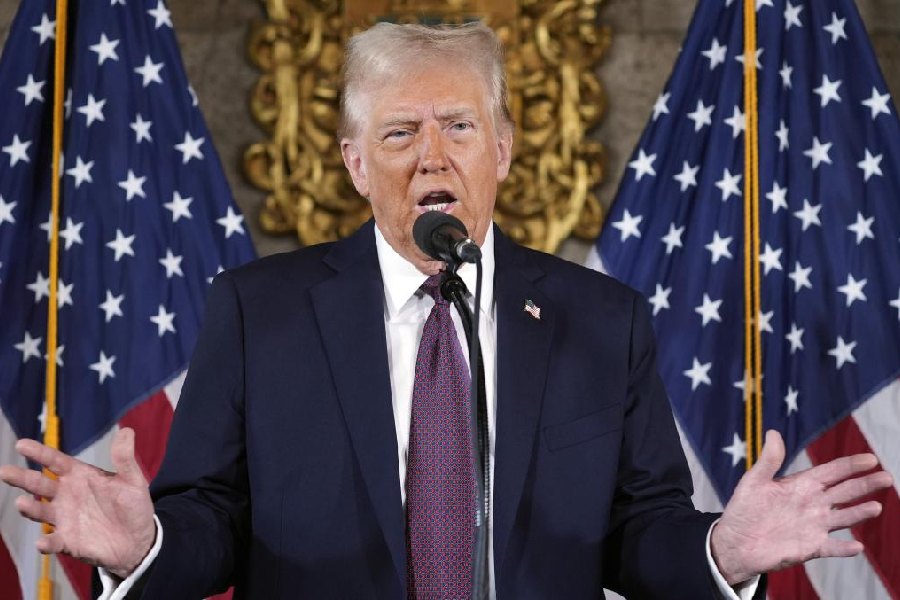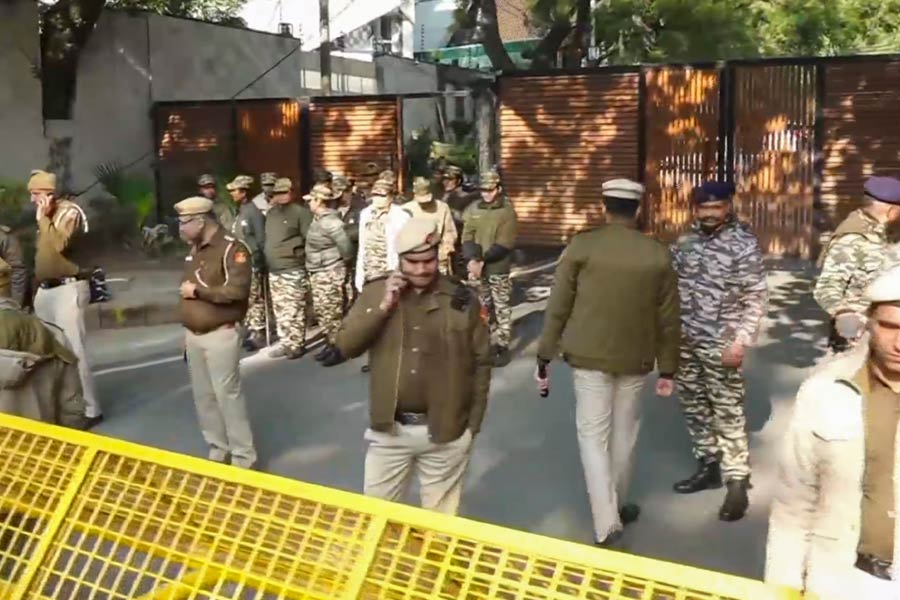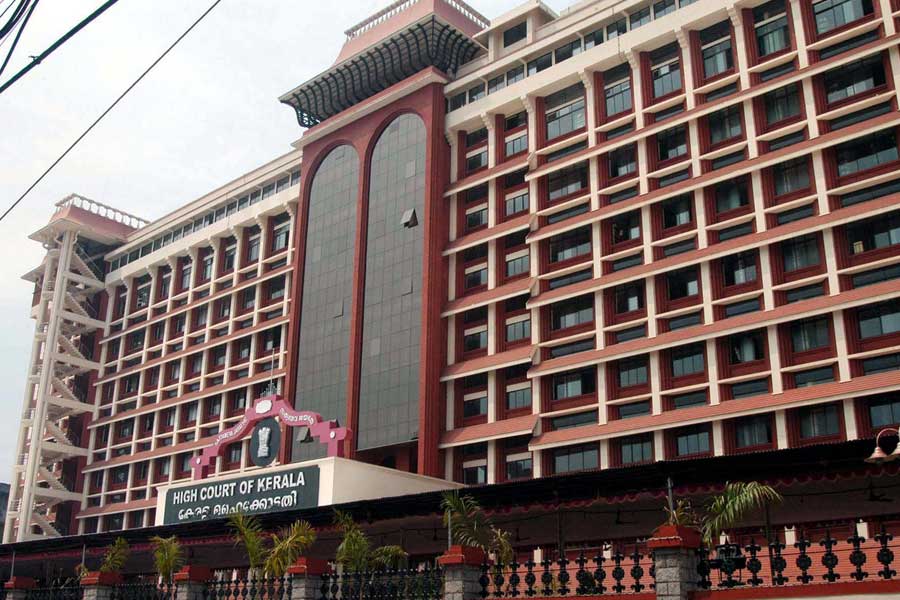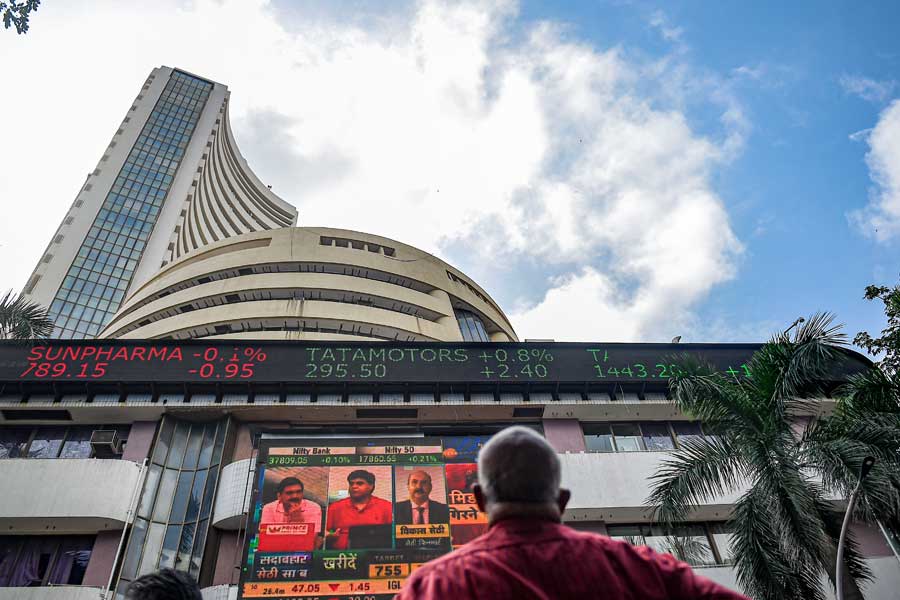The Sensex nosedived 1258 points and investor wealth worth ₹10.98 lakh crore evaporated as investors dumped stocks, spooked by reports of spreading infections resulting from Human Metapneumovirus (HMPV) amid lingering concerns over third quarter earnings.
Persistent selling from FPIs, a firm US dollar and the upcoming presidency of Donald Trump also weighed on the sentiment.
Extending its loss for the second straight session, the 30-share Sensex plummeted 1258.12 points to close below the 78000 level at 77964.99. During the day, it tanked 1441.49 points to touch a low of 77781.62.
On the NSE, the Nifty slumped 388.70 points to 23616.05. The broader market also felt the pressure with the BSE smallcap index crashing 3.17 per cent and the midcap index, 2.44 per cent
Brokers said the cases of the HMPV virus in the country triggered concerns over growth prospects.
Moreover, quarterly updates from companies such as HDFC Bank and Dabur also hit sentiment. FPIs also continued to offload stocks with provisional data showing them selling shares worth ₹2,575 crore on Monday.
“The Indian equity markets witnessed a sharp decline on Monday with both Nifty and Bank Nifty slipping below their 200-day moving averages (DMA). The sell-off can be attributed to a rise in Foreign Portfolio Investor (FPI) selling and concerns surrounding the upcoming Q3 earnings season,” said Santosh Meena, head of research, Swastika Investmart.
“Emerging markets are undergoing consolidation due to uncertainties surrounding the new US economic policies, the Fed’s hawkish stance on future rate cuts, potential upward revision for calendar year 2025 inflation, and a strong dollar, all of which are negatively impacting market sentiment,” Vinod Nair, head of research, Geojit Financial Services, said.
“The primary catalyst for a sharp sell-off in the domestic market appears to be concerns over the human metapneumovirus (HMPV),’’ he said.
Re lows
The rupee continued its downward course and closed at a new record low of 85.83 against the dollar as stock prices crashed and the greenback held firm overseas.
During intra-day trades, the domestic unit fell to its lowest-level of 85.84. Analysts said rising US bond yields and worries over the HMPV virus also hurt the rupee. On Friday, the rupee had finished at 85.77 against the dollar.
The dollar’s strength was reflected in the dollar index (which measures its movement against a basket of six currencies), which opened at 108.92 against its last close of 108.95. Similarly, yields on the 10-year US treasury was trading higher at 4.62 per cent compared with 4.60 last Friday.
Observers added that with FPIs remaining sellers in the equity markets, the rupee could touch the 86 levels over the next few sessions though its fall will be gradual amid a vigilant RBI.
Brent crude was also trading higher at $77.12 per barrel against its previous close of $76.51 per barrel.
Anuj Choudhary, research analyst at Mirae Asset Sharekhan, said the rupee touched a record low due to a weak tone in the domestic markets and persistent FPI outflows. The Indian currency has been in a free fall for several weeks with intermittent bouts of intervention by the RBI which has indicated that it will step in only to quell volatility but isn’t going to defend a particular exchange rate.
That is a view that found support from former RBI deputy-governor Viral Acharya who told Bloomberg in an interview that the central bank should loosen its grip on the rupee.
“You don’t need to kill volatility to manage excessive volatility,” Acharya said. The RBI must allow “some baseline volatility because it maintains a certain level of private hedging, which is important because the central bank can’t do full absorption of risk.”










